The complete set of Great Britain Queen Victoria postage stamps from the years 1862 to 1864 mainly consists of the “surface printed” issues that replaced the earlier embossed designs. This period includes several stamps with different denominations and colors, all usually imperforate or early perforation varieties appearing by the mid-1860s.
Key points about the GB QV 1862-1864 stamps are:
- These stamps were printed using surface printing instead of the earlier embossed technique.
- The most notable stamp from this era is the 1d red, which exists in multiple plate numbers.
- The 4d rose carmine and 6d deep lilac are also significant stamps from this period, both highly collectible.
- Stamps were generally imperforate but employed perforation 12 by 1864.
- The watermark types changed during this period, most commonly with the “Large Crown” watermark.
- Used condition examples are common but the value depends on plate numbers, condition, and cancellation types.
The 1862-1864 Queen Victoria surface printed stamps are cataloged in specialized GB catalogs (such as Stanley Gibbons) as SG 75 to SG 91 with a variety of color shades and plate flaws. Used stamps are generally more accessible and form a classical collection core.
Examples include:
- 1d red (SG 43) plate numbers with cancellations, common used.
- 4d rose carmine (SG 80) surface printed, used examples on or off cover.
- 6d deep lilac (SG 83) higher value, rarer in used condition but important.
If a complete used set includes all standard denominations issued within 1862-1864 (like 1d, 3d, 4d, 6d etc.), it forms a classical foundational collection of Victorian surface printed GB stamps.
For collectors looking for used stamps from this period, factors like plate number, postmark type, and condition affect the set’s completeness and value.


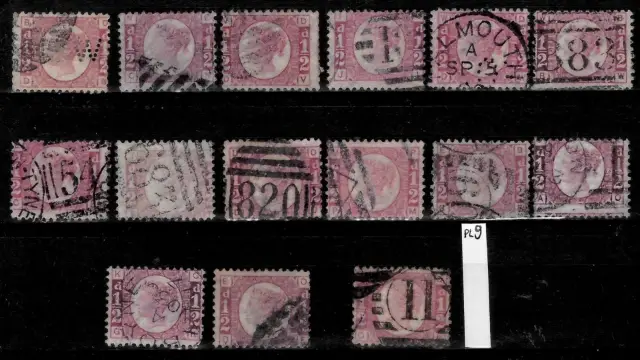
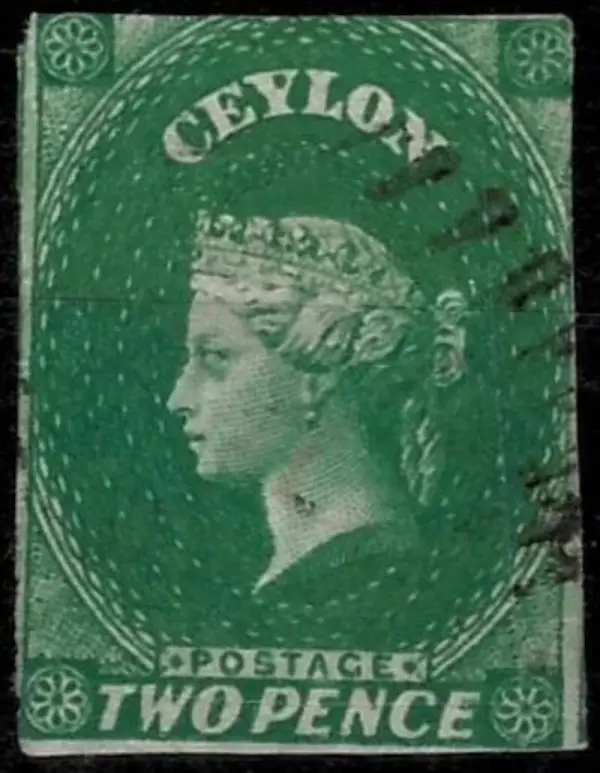
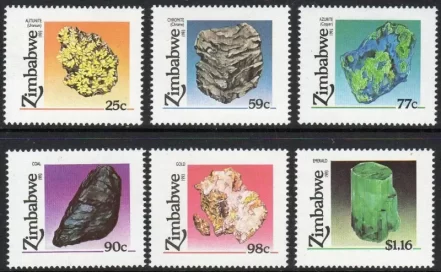
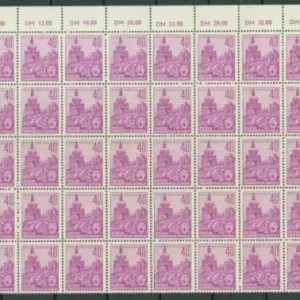
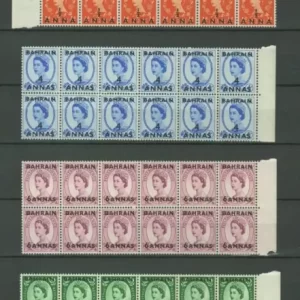
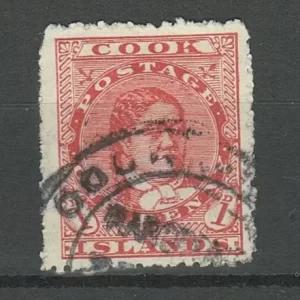
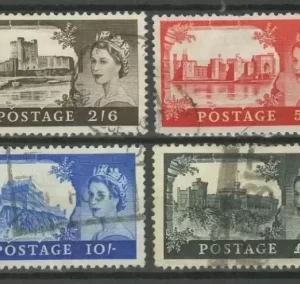
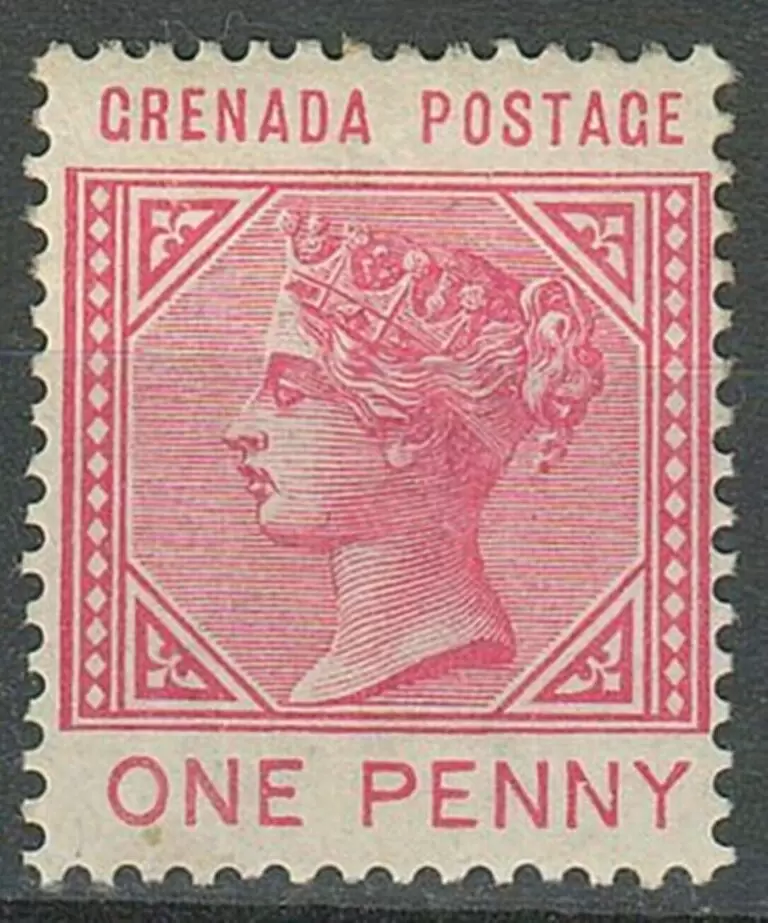
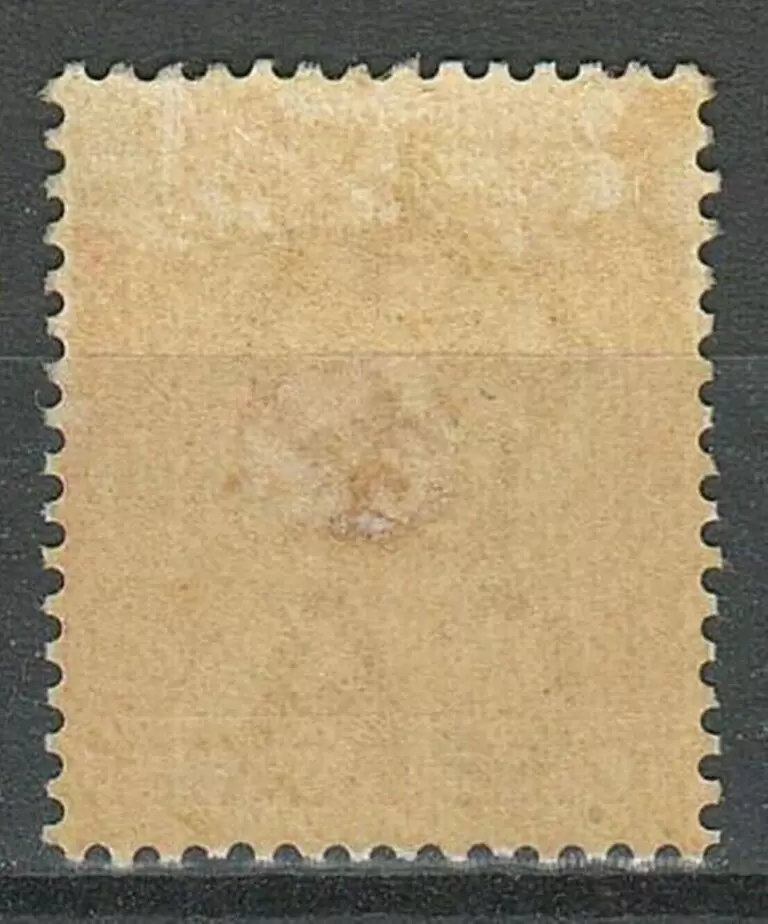
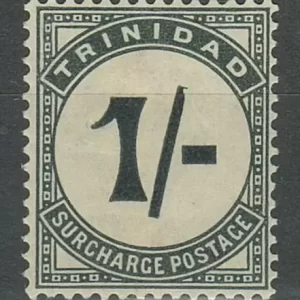
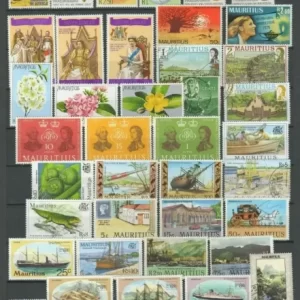
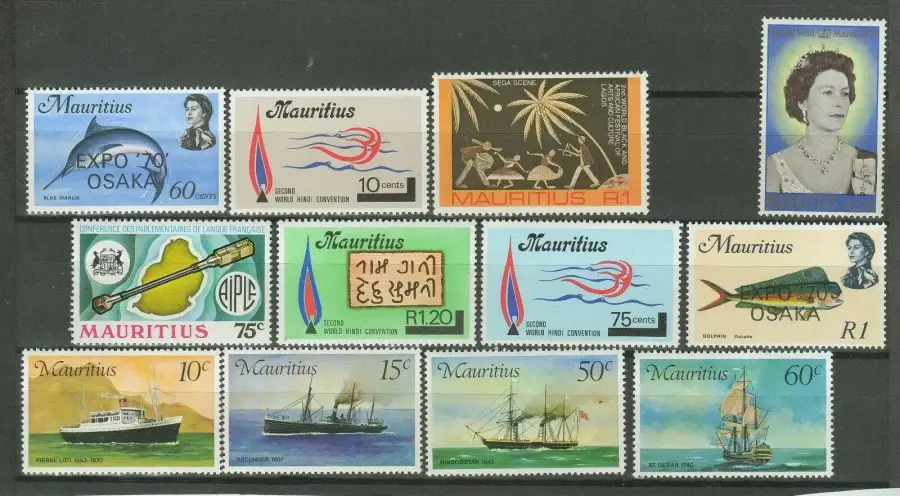
Reviews
There are no reviews yet.